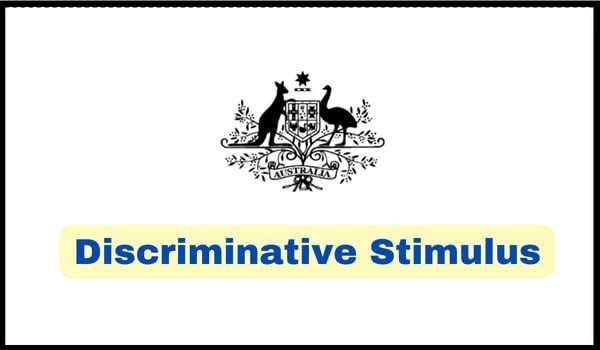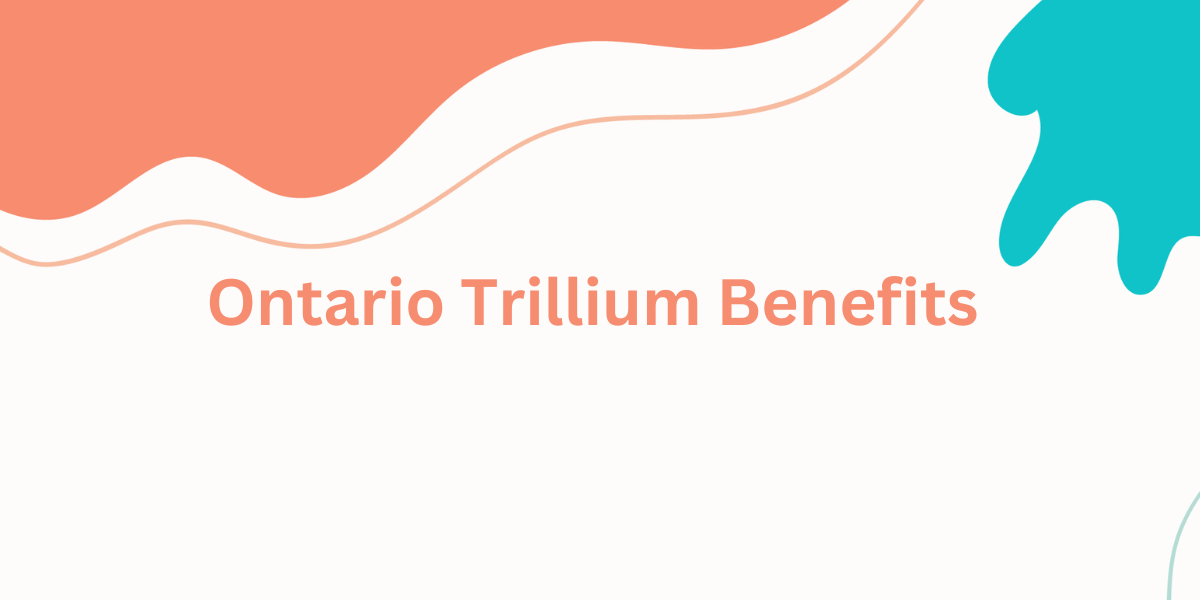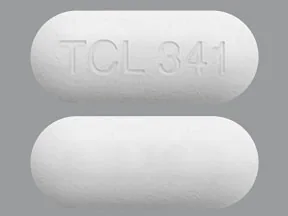Have you ever heard of Discriminative Stimulus? Let us break it down. Check out this page for all the details. Get to know what Discriminative Stimulus is, examples, and more. In this write-up, discover the basics, the definition, what is involved, and see some examples of this thing.
- What is Discriminative Stimulus
- Understanding ABA Therapy
- How Discriminative Stimulus Helps in ABA Therapy for Autism
- Why Discriminative Stimulus Matters
- Examples of Discriminative Stimulus
- People May Also Ask
- What does stimulus discrimination mean, and can you give examples?
- Can you explain a discriminated operant with an example?
- Why is discriminative stimulus important?
- Can you give an example of discrimination learning?
- What exactly is a discriminative stimulus?
What is Discriminative Stimulus
In easy terms, Discriminative Stimulus is a part of therapy that uses signals to show if a behaviour will be rewarded or punished. It is like a sign telling you how to act in a specific situation. In therapy, they use different tools, including Discriminative Stimuli, to help individuals.
Understanding ABA Therapy
ABA therapy looks at how people learn and behave. It helps figure out how the environment affects behaviour and learning. This therapy is good for improving memory, skills, and attention while reducing behaviour issues.
It is a way to understand and solve behavior problems. ABA treatment happens in different places, like your home or school. Skilled instructors teach communication and make positive changes in behaviour.
How Discriminative Stimulus Helps in ABA Therapy for Autism
In ABA Therapy, Discriminative Stimulus is like a helpful guide. It is a big part of teaching people with Autism new things, like talking better, behaving nicely, paying good attention, and remembering stuff. It works by giving signals about what to do in different situations.
Here is how it works: The teacher tells the person what to do and praises them when they do it right. As time goes on, the person learns to connect the Discriminative Stimulus with their actions and starts doing better on their own, without anyone pushing them.
Why Discriminative Stimulus Matters
In Applied Behavior Analysis Therapy, Discriminative Stimulus is super important. Especially for people with Autism, it helps them get better at remembering things and doing them. It totally changes how they act and who they are, which is awesome. People dealing with Autism find it super helpful.
Also, using Discriminative Stimulus in ABA Therapy lets the therapist see right away how well someone is doing. It is like quick feedback on their actions. This helps show if they are doing things right or if there is something to work on. With time, people get better and push away the negativity.
Important Links
Examples of Discriminative Stimulus
So, Discriminative Stimulus is a helpful tool we use in therapy sessions. And guess what? Around 50 to 60% of people have found it really helpful! Here are some examples of how we use Discriminative Stimulus in Applied Behavior Analysis Therapy:
- Understanding Kids’ Feelings: Little kids sometimes find it hard to ask for things. Like, if they are thirsty, but there’s no water in the room, they might not say it outright. So, the teacher or guardian could ask a simple question like, “Are you thirsty?”
- Sharing Important Info: Kids are all different, right? So, in therapy, we use toys, colours, body parts, and more. For instance, a mom might ask her child, “Where is your hand?” Moreover, the child points to their hand to show where it is.
- Teaching Good Manners: Making kids learn good manners is a small quantity of a challenge for teachers and parents. Imagine this: the teacher asks the child to greet everyone, but they do not respond. That is where Discriminative Stimulus comes in. The parent might ask, “What would you say when you meet new friends?” Moreover, the child might say ‘Hi’ or ‘Hello.’ This trick helps the child get better at talking to others.
- Boosting Memory Power: Now, here is a cool method to make your brain remember things better. A therapist uses techniques to jog the memory and asks questions every day. This way, as time goes on, people remember everything and get better at it.
So, after checking out these examples, it is pretty obvious that Discriminative Stimulus is like a superhero for making kids feel better in their heads.
Guess what? Recent data shows that Discriminative Stimulus has helped solve behaviour problems, like Autism, in many kids. It is like they used to feel different or disabled, but this technique really made a positive change. Moreover, you know what is cool? It works for adults, too.
Hope you found the important details about Discriminative Stimulus. For more updates, just tune with our homepage.
People May Also Ask
What does stimulus discrimination mean, and can you give examples?
Stimulus discrimination is a fancy term used in learning. It is about telling things apart. Like, you learn to respond to some things but not others that look similar. For example, if you only listen to your mom and not someone who sounds like her.
Can you explain a discriminated operant with an example?
So a discriminated operant is like teaching your dog to sit when you say “sit.” The signal tells the dog they will get a reward for sitting. It is like a special sign that lets them know it is time to do something good. Like, when you say “sit,” they know it is reward time.
Why is discriminative stimulus important?
Discriminative stimulus is like a special sign that tells you what behavior will get you a reward. It is important because it sets up the situation for you to do something good. This sign works because you have been rewarded for the same behaviour before. It helps you know what to do.
Can you give an example of discrimination learning?
Discrimination learning is like when you learn to tell the difference between things. For instance, a kid learns to know numbers from letters. Or, when someone says “touch your eyes,” you learn to touch your eyes, not your nose. It’s like teaching your brain to recognize specific things.
What exactly is a discriminative stimulus?
Okay, so a discriminative stimulus is like a special thing that makes you do a particular action when it is around. When it is there, you quickly, more often, and for a longer time, do a certain thing. It is like a trigger for your response.















